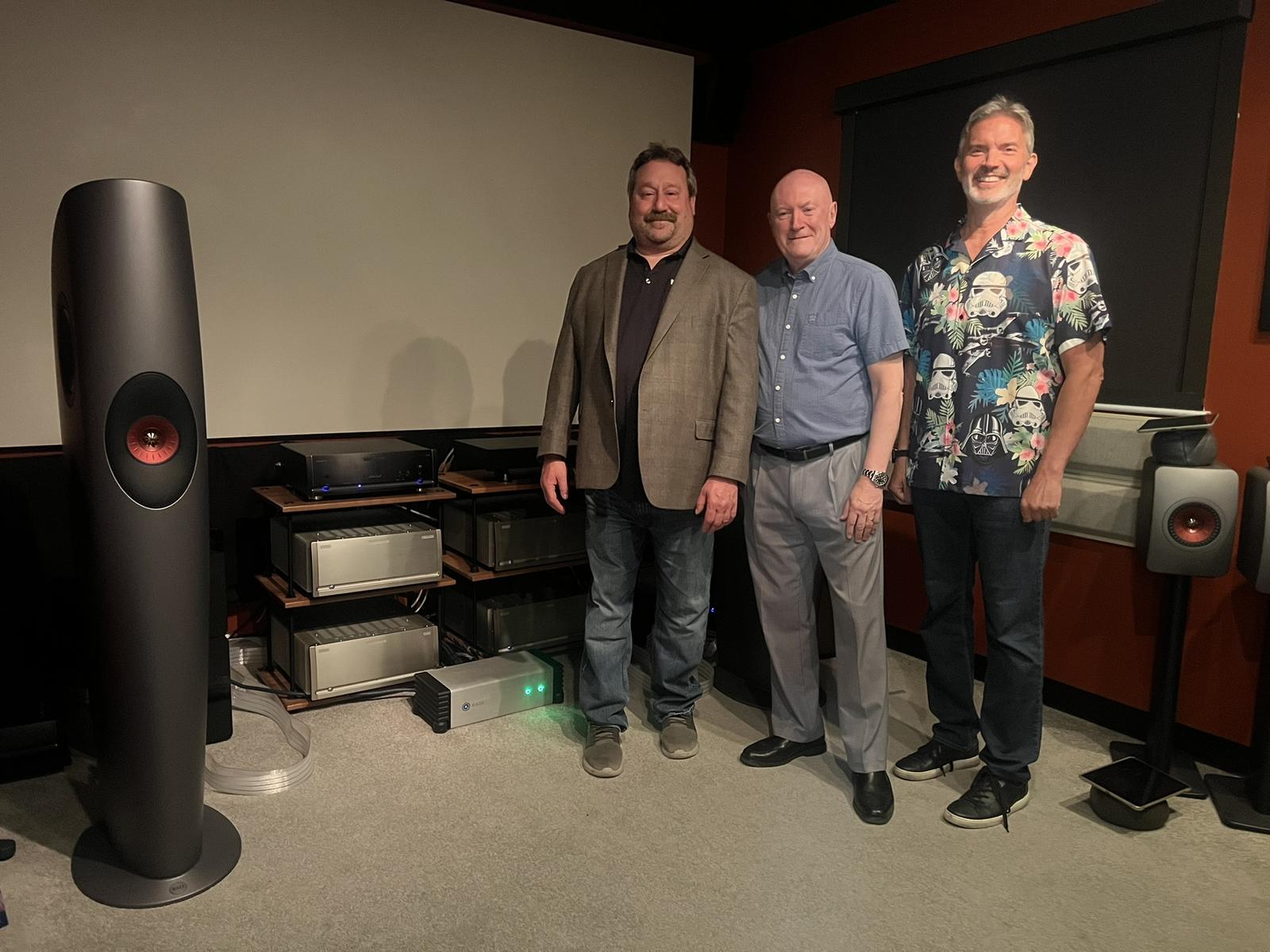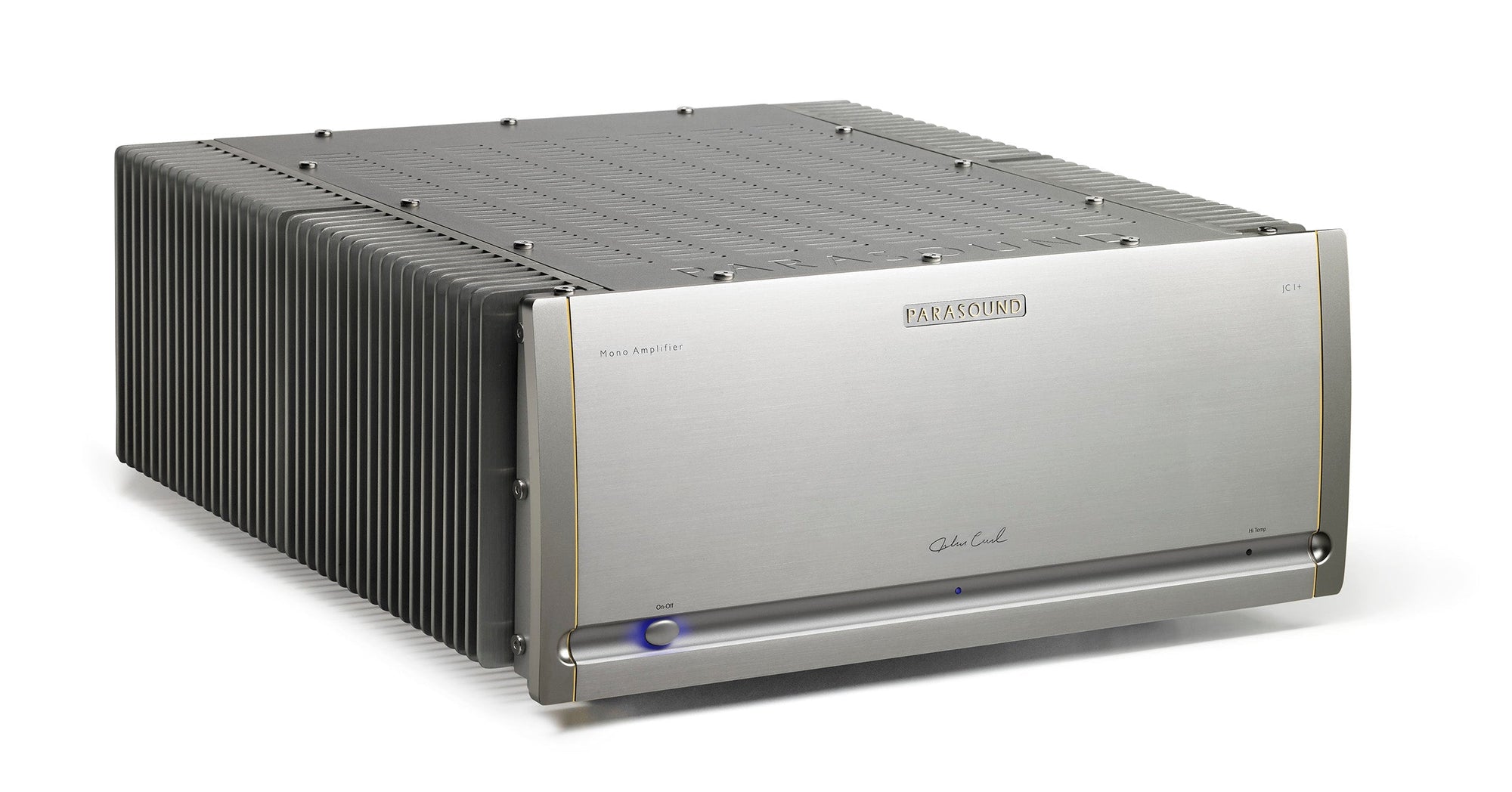When you're choosing a phono preamp, there's one component that matters most above all others — the cartridge. Matching your phono stage correctly ensures you get the best performance, noise floor, and tonal accuracy from your system.
🎯 Most Important: The Cartridge
The cartridge is the single most important component when selecting or configuring a phono preamp. It determines key electrical characteristics like:
- Output level: Determines how much gain your phono stage must provide
- MM vs. MC: Moving Coil cartridges usually require much higher gain and different loading
- Load impedance and capacitance: Critical to avoid frequency roll-off or harshness
A mismatch here can lead to distortion, weak signal, or an imbalanced sound. Always start with the cartridge specs when configuring your phono stage.
🛠️ Secondary: The Tonearm
The tonearm affects mechanical compatibility more than electrical. Specifically, its effective mass should match the cartridge's compliance to keep the resonant frequency in the ideal range (around 8–12 Hz). This doesn't directly affect your phono preamp, but poor matching here can result in tracking problems or excessive rumble.
🎵 Least Important: The Turntable
While your turntable matters for speed accuracy, vibration isolation, and noise, it doesn’t directly affect phono preamp matching—unless it has a built-in preamp or uses an unusual grounding scheme.
📌 Summary Table
| Component | Importance for Phono Preamp Matching | Notes |
|---|---|---|
| Cartridge | 🔴 CRITICAL | Match gain and loading specs |
| Tonearm | 🟡 Important (indirect) | Match compliance with tonearm mass |
| Turntable | 🟢 Least direct influence | Affects performance, but not preamp matching |
If you know your cartridge model, we’d be happy to help you dial in the ideal gain and loading settings for the best sound. Just reach out here and we’ll take it from there.


